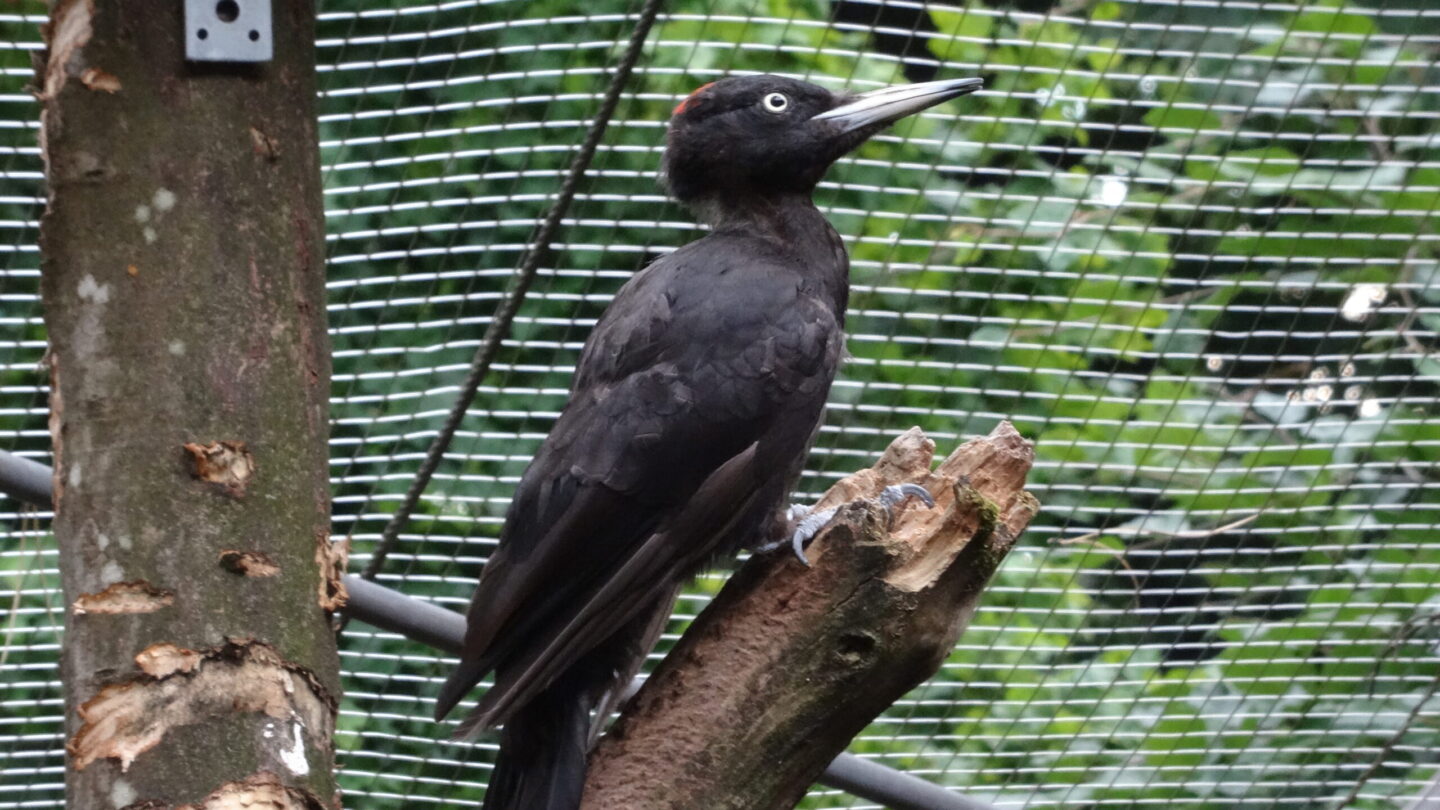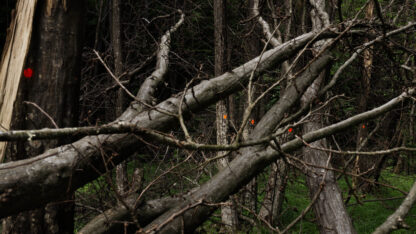The brain of a woodpecker experiences a seemingly catastrophic impact every time beak meets wood.
“When you see these birds in action, hitting their head against a tree quite violently, then as humans we start wondering how does this bird avoid getting headaches or brain damage,” says Sam Van Wassenbergh, a researcher at the University of Antwerp in Belgium.
In the past, scientists have suggested the bird’s brain is protected from the impacts, perhaps by a skull that acts as a cushion, or a beak that absorbs some of the force, or a tongue that wraps around the brain.
But Van Wassenberg wasn’t convinced.
“Nobody has ever explained it very well, in my opinion,” he says.
So Van Wassenbergh led a team that set out to settle the issue using high-speed video of woodpeckers in action.
“We went to four different zoos in Europe where they had woodpeckers and we recorded them at very high frame rates, while they were pecking,” he says.
The videos, part of a study published in the journal Current Biology, revealed some remarkable details.
For example, “they close their eyes at the moment they impact the wood,” Van Wassenbergh says, to protect their eyes from splinters.
The videos also showed that woodpeckers’ beaks often get stuck in the wood. But they break free almost instantly, thanks to a clever beak design that provides independent motion of the upper and lower beak.
What the videos did not show is any sign that the woodpecker’s brain is somehow cushioned.
“The way we see the head behaving is very rigid, like you would use a hammer hitting wood,” Van Wassenbergh says.
That means the organ repeatedly experiences deceleration that would cause a concussion in a human brain. Yet the woodpecker brain emerges unscathed, even after thousands of impacts in a single day.
That is possible because a woodpecker’s brain is protected — not by cushioning, but by its tiny size and weight, Van Wassenbergh says.
“An animal that has a smaller size can withstand higher decelerations,” he says. “That’s a biomechanical law.”
That idea was suggested in 2006 by Lorna Gibson, a professor of biomechanical engineering at MIT. Now, it has been confirmed by Van Wassenbergh’s high-speed video.
A woodpecker’s brain is about 700 times smaller than a human brain. “So that is why even the hardest hits we observed are not expected to cause any concussion,” Van Wassenbergh says.
Or even a headache.
Copyright 2022 NPR. To see more, visit https://www.npr.org.
9(MDAxODM0MDY4MDEyMTY4NDA3MzI3YjkzMw004))

9(MDAxODM0MDY4MDEyMTY4NDA3MzI3YjkzMw004))








